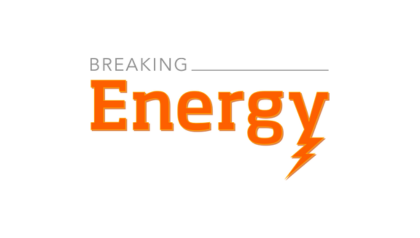
The decline in costs in the solar industry over the past three years is “nothing short of astounding,” Recurrent Energy CEO Arno Harris said today at the REFF Wall Street Summit in New York.
At back-to-back events today at the REFF Wall Street Summit, featured panelists discussed the distributed generation (DG) solar photovoltaic (PV) investment market and its scalability for the America utility grid.
Reaching grid parity, the speakers agreed, was perhaps most important for the future of DG solar PV. Much of this work, they said, has already been done, with prices of solar PV dropping dramatically in recent years.
“We are ready to achieve the dream,” he said. “Never before did we have such a tremendous capacity in the pipeline,” Harris said.
Can solar PV accelerate transformation of the grid as a distributed generation resource?
Benjamin Cook, vice president of project finance with SolarCity, the company that recently partnered with Google on a fund for residential rooftop solar panels, told the audience that although state-level incentives for solar PV development might disappear in the coming years, this change could be seen as a sign of success for solar.
“This is not to be feared,” Cook said,” because ultimately what does grid parity mean? It means solar PV could stand alone without any incentives on the state or local level.”
Investing in Solar PV Start-ups
For the price of solar PV to continue to drop and become more widespread, investments in the technology are paramount. This has been somewhat of a catch-22 for small technology start-ups that are the ones largely innovating in the energy space but have not built up credibility with investors.
Vice President of Environmental Finance at Wells Fargo, Brian Matthay, told the audience that his bank had already invested $500 million in solar development and was happy to invest more. The problem is not a lack of tax equity, he said, but solid, reliable projects to be financed.
“In the past five years we have probably met with over 150-200 solar developer and we’ve invested with about five or six of them,” Matthay said. “There are a lot of young developers in the market and the market has a lot of maturation yet to do.”
If Wells Fargo does finance a small start-up, it is usually one backed by a larger parent company. Matthay added, however, that even the projects Wells Fargo does not finance often have other funding from cash grants.
“In the current environment and as long as the cash grants are out, I don’t really think this is a tax equity constrained market,” Matthay said. “I think that most good deals can find a home.”
He explained that with tax equity investments, Wells Fargo is a hands-off investor that prefers to fully trust the developer with the project. For this reason, the bank was especially hesitant to finance young start-ups with little track record.”
But other speakers disagreed. Arno Harris said that tax equity in the market feels rare.
Vice President of PG&E Corporation’s Corporate Development, Brian Steel said that he is constantly amazed that other banks do not realize that a solar PV investment is actually quite profitable.
“It is a fact,” he said. “It’s a statistically proven fact.”
Distributed Generation
Solar PV can be particularly transformative for the electricity grid because it requires a DG market – that is, a market that can tolerate many small generation projects spread out geographically.
The fact that solar does not need to be constructed in the form of one giant power plant also has its benefits.
Vice President of Project Finance & Strategic Planning for SOLON Corporation, David Goldman, outlined some of the benefits this DG model brings, including the ability to diversify technlogies and therefore also the risks of implementing those new technologies, allow for gradual investments, and also vary the way in which investments are packaged.
“The real question is, can solar PV accelerate transformation of the grid as a distributed generation resource,” said CEO & Managing Director of Starwood Energy Group, Brad Nordholm.
Nordholm said that he believed solar PV generation had already transformed the grid.
